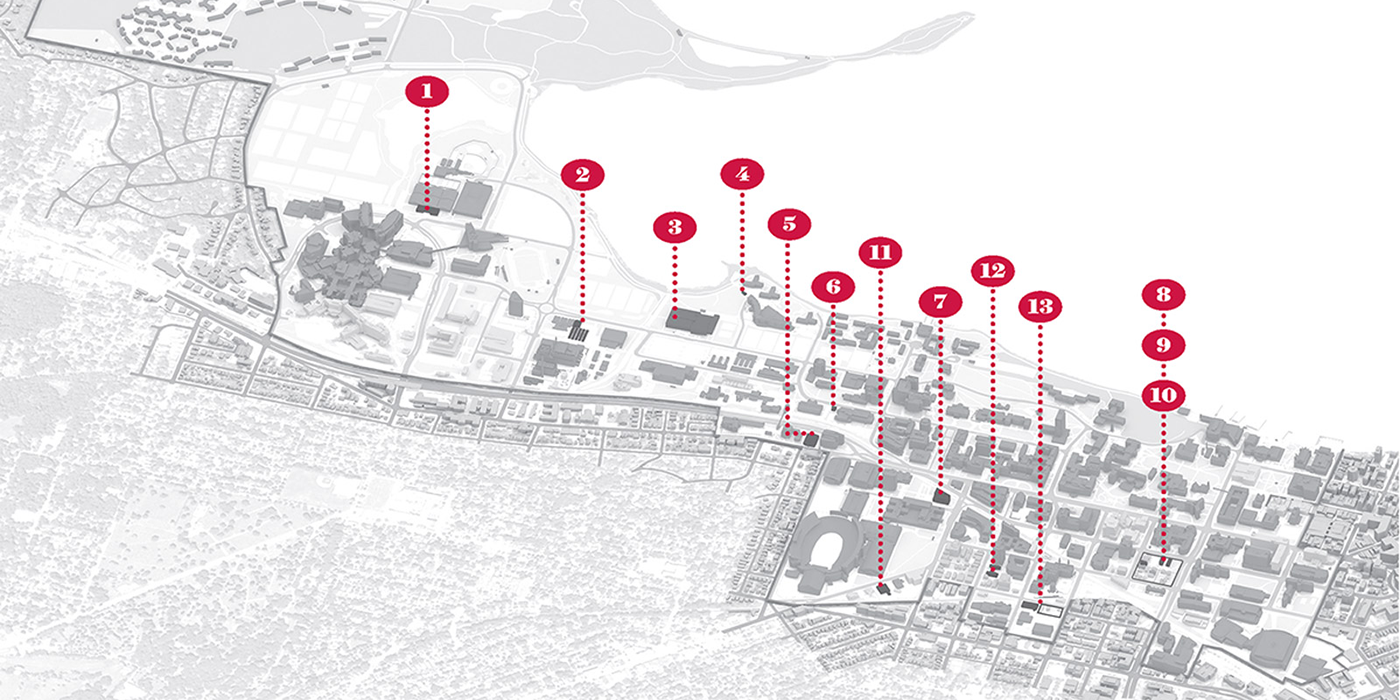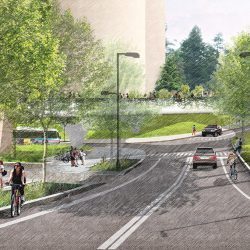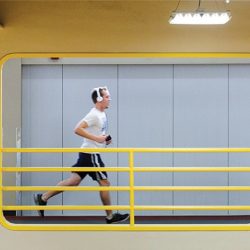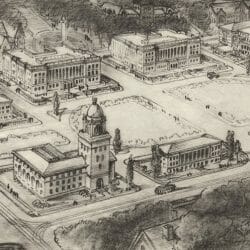
13 Campus Buildings Due for the Wrecking Ball
- Nielsen Tennis Stadium (front entry)
- Walnut Street Greenhouses (portions only)
- Natatorium
- Carl Schuman Shelter
- Navy ROTC
- Science House
- 1410 Engineering Drive Building
- Susan B. Davis Residence Hall
- Zoe Bayliss Residence Hall
- 215–217 N. Brooks Street Building
- Air Force ROTC
- Rust-Schreiner Hall
- 45 N. Charter Street Building
Gary Brown ’84, UW director of campus planning and landscape architecture, describes it as a life-size chess game. Move a department here. Knock over a building there. Protect the landscape. And consider all possibilities at all times. The result? A comprehensive, ever-evolving, carefully calculated Campus Master Plan.
The UW’s latest plan, initially developed in 2015, calls for the removal of 13 campus buildings (or portions of them) over the next decade (not including the Southeast Recreational Facility, or SERF, which is in the process of being removed). Each of the projects, Brown says, will serve the plan’s big picture: better managing space while protecting historic buildings and campus landscapes.
The chess pieces are already moving. Sellery and Witte residence halls are beginning renovations to add floors, aiming to accommodate residents from the soon-to-be-removed Susan B. Davis and Zoe Bayliss houses. That will open up an area just south of Grainger Hall for a new academic building that could house the history department, which currently shares space in the Humanities Building. The long-range plan (2029 or later) is to then replace the Brutalist-style Humanities (which frequently leaks) with modern academic buildings and a pedestrian mall.
Another divisive building slated for eventual removal is Van Hise Hall, the tallest building in Madison after the state capitol. Many campus buildings from the 1960s and 1970s were rashly constructed in response to skyrocketing enrollment and built to last only about 50 years. “And now it’s 50 years later,” Brown says.
The UW considers many factors before deciding whether to keep, renovate, or remove a building. Paramount among them are cost efficiency and the ability to adapt to emerging needs. Some buildings — such as Witte and Sellery residence halls — still serve the same purpose for which they were originally built and have the capacity to be renovated easily. Others, including the recreational facilities, would be substantially more expensive or physically impossible to renovate (or bring up to code) rather than to rebuild.
Meanwhile, the unlucky 13 due for the wrecking ball may meet their demise sooner than anticipated. In July, the Madison Common Council approved the UW’s whole Campus Master Plan. The move could save six to nine months in the approval process — as well as millions of dollars — for each new building, Brown says.
Preston Schmitt ’14 is a senior staff writer for On Wisconsin.
Published in the Winter 2017 issue



Comments
No comments posted yet.